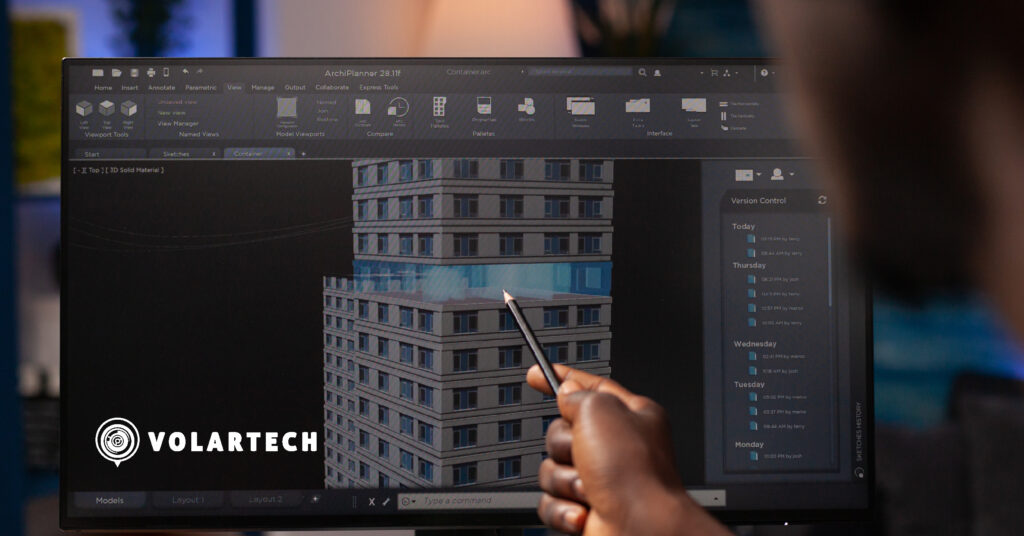Technology 4.0 is evolving and if you are updated with the latest advances, you will surely have noticed it and maybe you are already applying them in your projects. The fact is that the development of new and better tools is impacting different industries and productive sectors, bringing with it a significant change in processes.
Precisely, the construction industry is one of the most benefited from this “technological revolution”, due to the use of electronic devices like drones and 24/7 cameras, which can be used in all stages of a work to ensure its efficiency and proper completion.
However, 4.0 technology continues to reinvent itself and provide great developments that mark a before and after in the sector, such as digital twins.
Digital twins: from paper to 3D representation
From the use of paper as the main tool to the implementation of AutoCAD software, the world of construction has undergone great changes over time, which has allowed to optimize each of the projects that are executed, improving the design, construction, and management of each one of them.
Now, in recent years, after a long process of optimization and implementation by the National Aeronautics and Space Administration, NASA, we met the digital twins; a tool that has completely transformed all industries, which is the digital copy of any object, service, or procedure that is carried out on the physical plane.
In this way, various productive sectors modernize their operations to improve them and increase the quality of their products and services, through the generation of replicas of their existing assets, whether buildings, machinery, equipment, or systems. For example, hotels can create a digital twin of their facilities to detect opportunities for improvement that will enable them to provide a better experience for their guests.
Exactly the same thing happens in the construction sector. Before, during and after building any structure, it is possible to do a 3D survey from a 360° laser scan of the area, to generate the digital twin in which simulations and different procedures will be carried out, with the aim of predicting the result and facilitate its completion.
5 advantages of digital twins for the construction industry
- Evidences the errors and technical failures during the simulations, avoiding that they affect the real building.
- Reduces costs in the execution of the project by supervising the use of materials, preventing errors and optimizing its construction.
- Allows real-time monitoring and informed decision-making according to the behavior of the building.
- Increases the productivity of the construction process, facilitating the timely delivery of each stage of the project,
- Guarantees the construction of sustainable buildings by reducing carbon emissions and polluting gases in cities.
To understand the importance of digital twins, let’s see an example:
Now that you know why digital twins are important, we invite you to implement them in all your projects. By doing so, you will be able to manage them with greater agility and efficiency!
